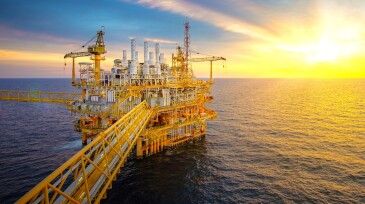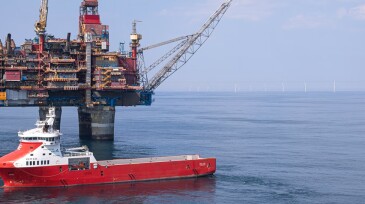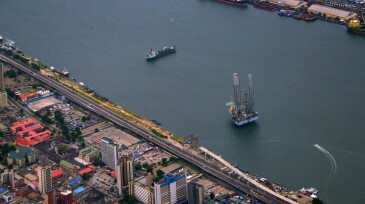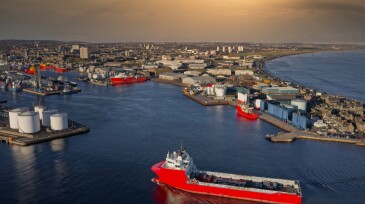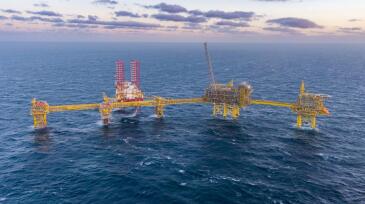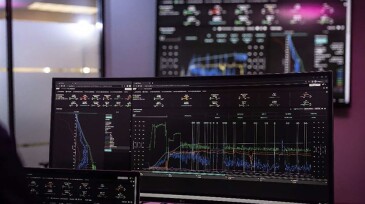Onshore/Offshore Facilities
Vår Energi ASA and partners have officially sanctioned the Previously Produced Fields Project in the Greater Ekofisk Area. The redevelopment is expected to add high-value barrels starting in 2028, extending the production life of one of Norway’s key offshore regions.
Sponsored
As HPHT wells push equipment to the edge of material limits, operators are turning to advanced thermoplastics and sealed electrical assemblies to maintain system integrity. From ESP insulation to BOP control systems, the right component design can prevent failures, lower intervention costs, and extend equipment life in the harshest offshore environments.
The new development is estimated to hold 46 million bbl of recoverable oil and is planned to start up in late 2028.
-
SPE Technical Director Hamad Al-Marri shares his outlook of the oil and gas production facilities landscape as it stands on the cusp of a significant transformation. The demand for oil and gas will continue to exist, but the industry will need to adapt to a new reality.
-
Citing a lack of profitability, the Norwegian major has chosen to end its electrification efforts in the Halten and Snorre areas.
-
The joint venture with Nigeria's Sunlink Energies aims to deliver first production before 2030.
-
The companies say they plan to use AI to unlock value from terabytes of data upstream and across FPSO operations.
-
Two new wells add 15,000 BOE/D of peak capacity to the London-based supermajor's North Sea production profile.
-
Analysts say UK output growth could offset emissions associated with the production of imported LNG while supporting energy security.
-
TotalEnergies and the Danish Underground Consortium complete a 7-year effort to redevelop the Tyra field, lowering emissions and extending field life.
-
Mozambique is poised to become Africa’s third-largest exporter of liquefied natural gas when Coral Norte comes onstream in 2028.
-
Updates about global exploration and production activities and developments.
-
In today’s era of asset management, digital twins are changing risk management, optimizing operations, and benefitting the bottom line.




